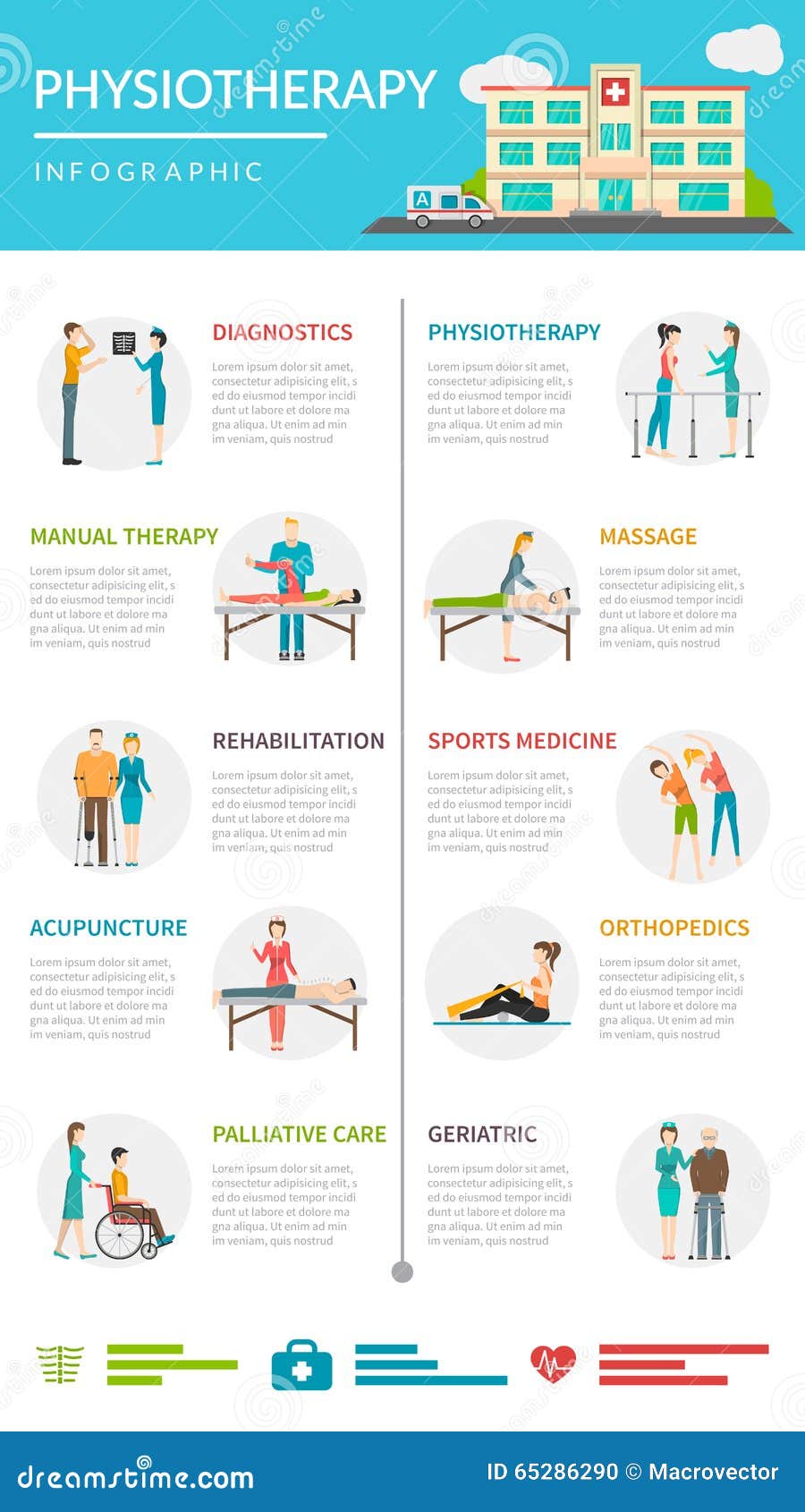Typical Everyday Habits That Cause Back Pain And Tips For Staying Clear Of Them
Typical Everyday Habits That Cause Back Pain And Tips For Staying Clear Of Them
Blog Article
Web Content Author-Snyder Secher
Maintaining proper posture and staying clear of common mistakes in everyday activities can considerably impact your back health. From how you sit at your desk to how you lift hefty objects, tiny changes can make a huge difference. Envision a day without the nagging pain in the back that prevents your every action; the solution may be easier than you think. By making a few tweaks to your everyday habits, you could be on your way to a pain-free presence.
Poor Pose and Sedentary Way Of Living
Poor stance and a less active way of life are two major contributors to back pain. When you slouch or inkling over while resting or standing, you put unnecessary stress on your back muscles and back. This can lead to muscle mass inequalities, tension, and eventually, chronic pain in the back. In addition, sitting for extended periods without breaks or exercise can damage your back muscles and result in stiffness and discomfort.
To fight bad posture, make a mindful effort to rest and stand right with your shoulders back and straightened with your ears. Keep in mind to maintain your feet flat on the ground and avoid crossing your legs for extensive durations.
Including regular stretching and enhancing exercises right into your daily routine can additionally aid boost your posture and relieve back pain associated with a less active way of living.
Incorrect Lifting Techniques
Inappropriate lifting techniques can significantly add to pain in the back and injuries. When you raise heavy items, remember to flex your knees and use your legs to raise, as opposed to relying on your back muscle mass. Stay clear of turning your body while training and maintain the object near to your body to decrease stress on your back. It's critical to keep a straight back and avoid rounding your shoulders while raising to prevent unneeded stress on your back.
Constantly analyze normal back of the things prior to raising it. If it's as well hefty, request for help or use equipment like a dolly or cart to transfer it securely.
Remember to take breaks during lifting jobs to give your back muscle mass a chance to relax and prevent overexertion. By applying proper lifting methods, you can protect against pain in the back and reduce the risk of injuries, ensuring your back remains healthy and balanced and strong for the long term.
Absence of Routine Workout and Extending
An inactive way of life devoid of normal workout and stretching can considerably add to pain in the back and pain. When you do not take part in physical activity, your muscles come to be weak and stringent, resulting in inadequate stance and enhanced strain on your back. click this over here now helps enhance the muscles that sustain your spinal column, boosting security and lowering the threat of back pain. Including stretching right into your regimen can also boost flexibility, preventing tightness and pain in your back muscles.
To prevent pain in the back brought on by an absence of exercise and extending, go for a minimum of thirty minutes of moderate exercise most days of the week. Include exercises that target your core muscle mass, as a solid core can aid relieve stress on your back.
Additionally, take breaks to extend and relocate throughout the day, particularly if you have a desk job. Simple stretches like touching your toes or doing shoulder rolls can aid alleviate tension and avoid back pain. Prioritizing functional doctor austin and extending can go a long way in keeping a healthy and balanced back and decreasing discomfort.
Final thought
So, remember to sit up directly, lift with your legs, and stay active to stop neck and back pain. By making basic adjustments to your daily habits, you can stay clear of the pain and limitations that feature pain in the back. Look after your spinal column and muscle mass by exercising excellent pose, appropriate lifting strategies, and regular workout. Your back will thank you for it!
